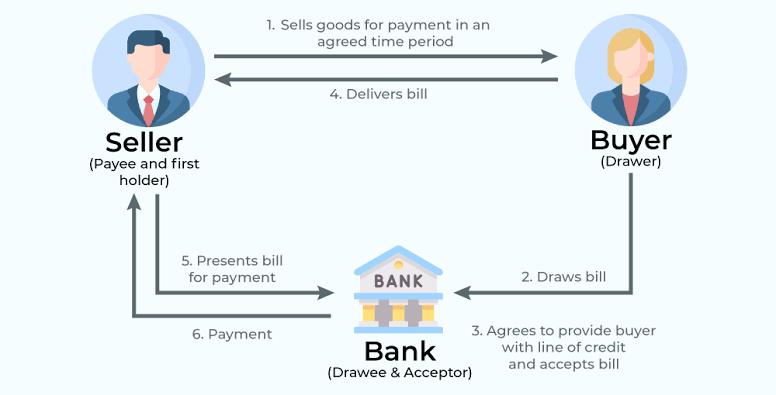#QuickBiteCompliance Day 36
🌍💸 What is a Bill of Exchange? And How Can It Be Misused? 💸🌍
Let’s break down a big term: Bill of Exchange. Imagine you’re selling your lemonade to someone across town, but instead, this is a much bigger deal: it’s lemonade being shipped from one country to another. A Bill of Exchange is like a special receipt that shows who’s selling, who’s buying, which banks are involved, and how the seller will get paid for their goods.
How It Works
1️⃣ The Exporter (seller) ships the goods (like big crates of lemonade!) to the Importer (buyer).
2️⃣ A Bill of Exchange is created, listing everyone involved: the exporter, importer, the issuing bank (that promises the money), and the receiving bank (where the payment will be taken from).
Sounds Simple, Right? 🤔 Well, not always.
🔍 How Bad Guys Try to Trick the System
Some people use fake or altered Bills of Exchange to fool banks. They might:
1️⃣ Fake shipments: Create a Bill of Exchange for goods that don’t even exist. They get banks to pay out, but nothing ever arrives.
2️⃣ Change the value: They might increase the value on the Bill, tricking banks into paying a lot more money than the goods are worth.
3️⃣ Use fake identities: They pretend to be someone else (fake importer or exporter) and create fake shipping documents, getting money transferred to their own accounts.
Why This Matters
Fake documents can make banks lose a lot of money, affect trade between countries, and sometimes even fund bigger crimes. That’s why it’s so important for banks to check every detail carefully on a Bill of Exchange.
🌍 Let’s keep international trade safe and make sure every Bill of Exchange is the real deal!
#InclusiveRegtech #OpenSourceAML #BillOfExchange
Source: https://www.acams.org/en/resources/aml-glossary-of-terms


